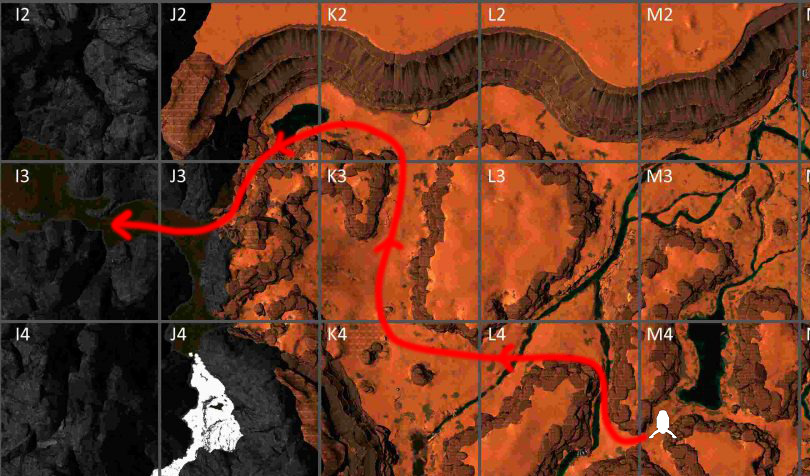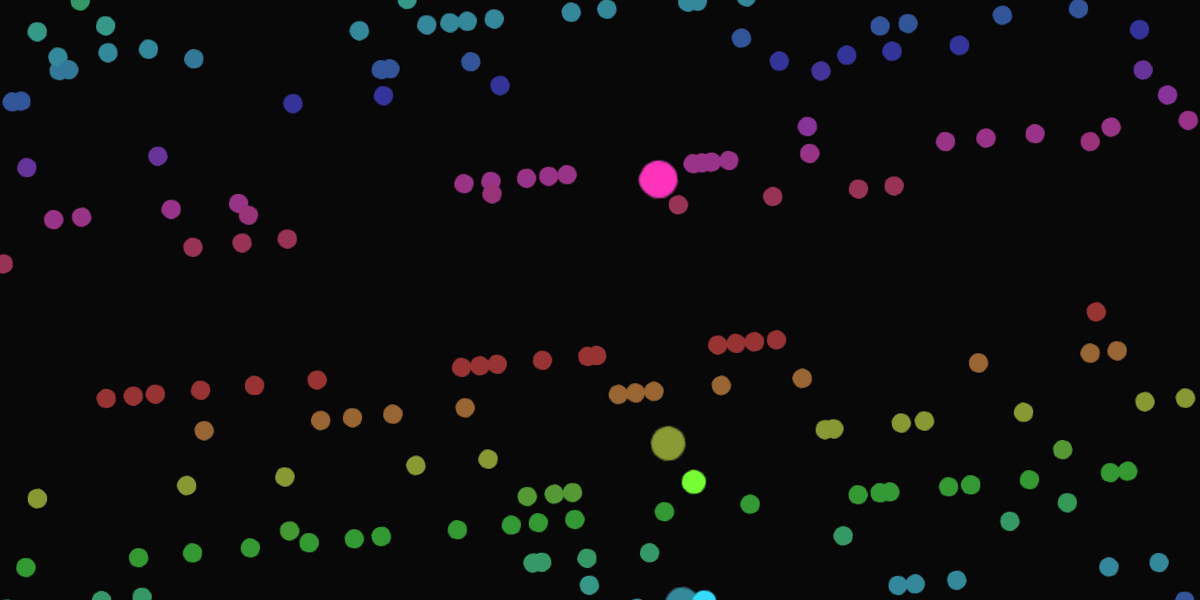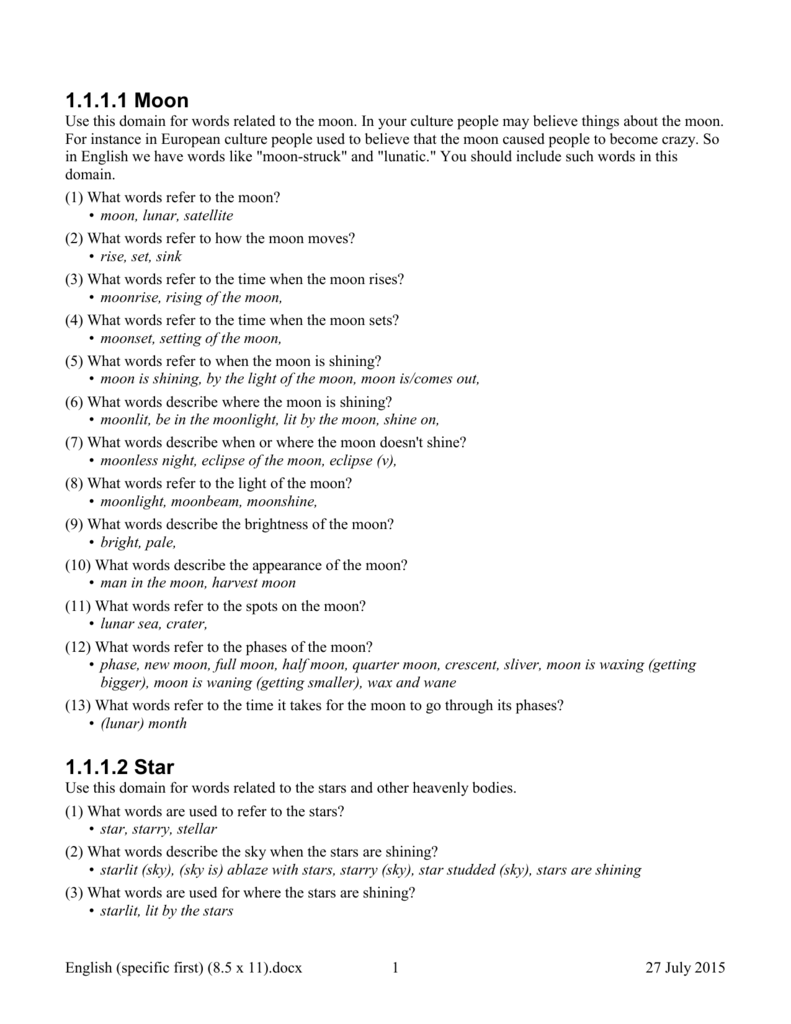

4.4 Å cryo-EM structure of an enveloped alphavirus Venezuelan equine encephalitis virus. Locations of carbohydrate sites on alphavirus glycoproteins show that E1 forms an icosahedral scaffold. The structure of Barmah Forest virus as revealed by cryo-electron microscopy at a 6-angstrom resolution has detailed transmembrane protein architecture and interactions. Cryo-EM structures of eastern equine encephalitis virus reveal mechanisms of virus disassembly and antibody neutralization. Nucleocapsid and glycoprotein organization in an enveloped virus.

Implication for alphavirus host-cell entry and assembly indicated by a 3.5 Å resolution cryo-EM structure. Glycoprotein organization of Chikungunya virus particles revealed by X-ray crystallography. Structure and interactions at the viral surface of the envelope protein E1 of Semliki Forest virus. Structural changes of envelope proteins during alphavirus fusion. The fusion glycoprotein shell of Semliki Forest virus: an icosahedral assembly primed for fusogenic activation at endosomal pH. Viral agents as biological weapons and agents of bioterrorism. Current understanding of the molecular basis of Venezuelan equine encephalitis virus pathogenesis and vaccine development. Novel vaccination approaches against equine alphavirus encephalitides. The alphaviruses: gene expression, replication, and evolution. LDLRAD3 is a receptor for Venezuelan equine encephalitis virus. Pathogenesis of Venezuelan equine encephalitis. Our structures provide insights into alphavirus assembly and the binding of receptors to alphaviruses, which may guide the development of therapeutic countermeasures against alphaviruses. Of note, some of the LDLRAD3-D1 mutants showed a significantly increased binding affinity for VEEV, suggesting that LDLRAD3-D1 may serve as a potential scaffold for the development of inhibitors of VEEV entry. Mutagenesis studies of LDLRAD3-D1 identified residues that are involved in the key interactions with VEEV. LDLRAD3-D1 has a cork-like structure and is inserted into clefts formed between adjacent VEEV E2–E1 heterodimers in the viral-surface trimer spikes through hydrophobic and polar contacts. Here we present the cryo-electron microscopy structure of the LDLRAD3 extracellular domain 1 (LDLRAD3-D1) in complex with VEEV virus-like particles at a resolution of 3.0 Å. Low-density lipoprotein receptor class A domain-containing 3 (LDLRAD3) was recently identified as a receptor for the entry of VEEV into host cells 2. At present, no vaccines or drugs are available that prevent or cure diseases caused by VEEV. You can help the Forgotten Realms Wiki by providing more information.Venezuelan equine encephalitis virus (VEEV) is an enveloped RNA virus that causes encephalitis and potentially mortality in infected humans and equines 1.

Hydia Moonmusk, daughter of Kriga Moonmusk and chieftain of the Blue Bear Tribe in Deadstone Cleft.Statue of Skoraeus StonebonesĪt the back wall of the canyon sat a 150-foot-tall statue of Skoraeus Stonebones, depicted as a muscular stone giant with spikes emerging from his head and shoulders. Features File:Fossilgiant.pngĪ stone golem that guarded Deadstone Cleft. Kayalithica had also forged an alliance with the Blue Bear Tribe, and a number of the barbarians lived in caves in and around the cleft at this time. By this time, many stone giants avoided the cleft, believing it to be a haunted place. The giantess used the sacred site as her lair, launching raids to destroy various settlements and structures around the area in order to please her god. Some time after the War of the Silver Marches of 1485 DR, Deadstone Cleft was inhabited by the stone giant Thane Kayalithica and her clan. Deadstone Cleft's first thane was the stone giant known as the Skodkong, or "Fog King".


 0 kommentar(er)
0 kommentar(er)
